A Buyer’s Guide to Preservative Treated Timber
When choosing timber for your next project, durability is imperative. Preservative treated timber offers enhanced strength and protection against decay, moisture, and insects, which makes it a smart choice for everything from garden decking to fencing and landscaping.
In this guide, we’ll explain what treated timber is, how timber preservation works, and why using the right timber preservative can make all the difference in maintaining quality and performance over time!
What is preservative treated timber?
Preservative treated timber refers to wood that has been pressure-infused with a timber preservative to protect it from rot, fungal, and insect infestation.
This process strengthens the wood’s natural defences, allowing it to last significantly longer than untreated alternatives.
The treatment process involves forcing preservatives deep into the wood fibres, creating long-term protection, which should be effective even in challenging outdoor conditions.
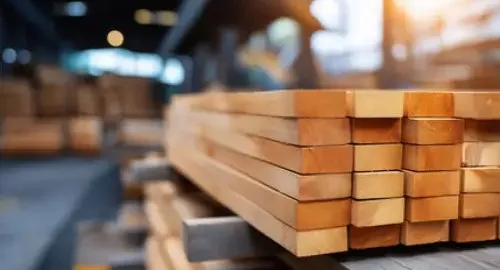
The importance of timber preservation
Without proper timber preservation, wood exposed to moisture or soil can quickly deteriorate. The combination of organic material and damp conditions provides the perfect environment for fungi and insects to thrive.
A reliable timber preserver acts as a barrier, safeguarding the structure and extending the lifespan of your timber. Benefits include:
- Preventing rot, mould, and mildew.
- Reducing warping and splitting from moisture.
- Discouraging insects such as termites and beetles.
- Improving the structural integrity of wood exposed to outdoor elements.
By prioritising timber preservation, you protect not only your investment but also the safety and aesthetics of your finished project.
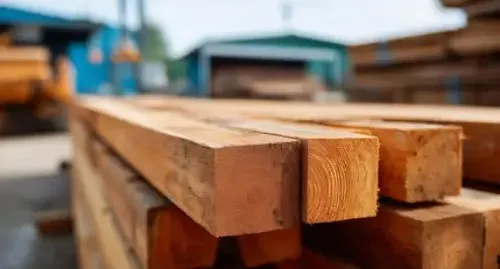
Common types of timber preservatives
Different types of timber preservatives are available depending on your project and exposure level. The main categories include:
- Water-based preservatives: Eco-friendly, odour-free, and ideal for fencing, sheds, or garden furniture.
- Oil-based preservatives: Penetrate deeper into the wood, offering exceptional water resistance for decking and external cladding.
- Solvent-based preservatives: Fast-drying options that deliver strong protection for commercial or structural applications.
When choosing a timber preserver, always consider how and where the timber will be used, as timber in ground contact, for example, needs a stronger treatment than wood used above ground.
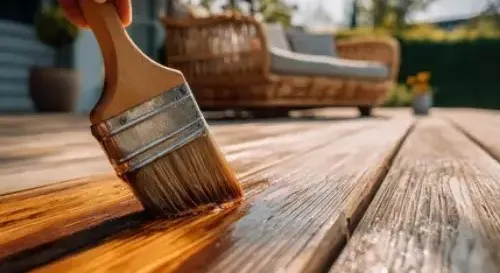
Applications for treated timber
Treated timber is extremely versatile and suitable for both structural and decorative purposes. Popular uses include:
- Fence posts and garden boundaries.
- Decking boards and framing.
- Pergolas, gazebos, and raised beds.
- Sheds, gates, and exterior cladding.
Because preservative treated timber is protected from within, it performs well in environments exposed to rain, soil, or direct sunlight.
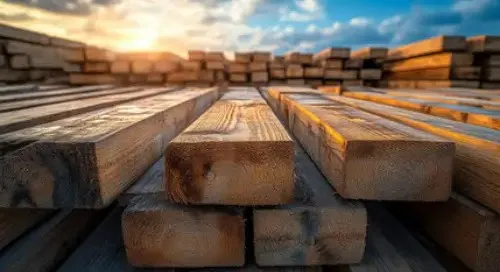
How to maintain treated timber
Even though treated timber is designed for longevity, occasional maintenance will ensure it stays in peak condition:
- Allow new timber to fully dry before painting, staining, or sealing.
- Reapply a timber preserver or protective coating annually.
- Clean surfaces regularly to remove dirt and prevent mould growth.
- Check for cracks or damaged areas that could allow moisture in.
Regular care maintains both appearance and performance, keeping your timber strong and attractive for years.
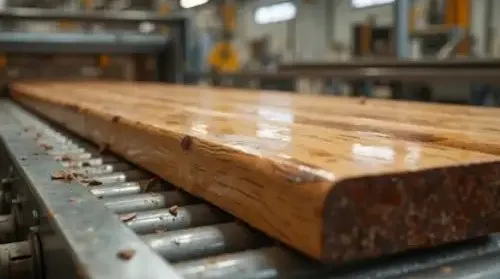
Understanding Use Class ratings
When buying preservative treated timber, check the Use Class rating to ensure it suits for your intended application:
- Class 2: Interior wood protected from wet conditions.
- Class 3: Exterior, above-ground use such as cladding or decking boards.
- Class 4: Ground-contact or permanent wet conditions, e.g., fence posts or retaining walls.
Selecting the right class ensures the level of timber preservation matches the environment in which it will be used.
Investing in preservative treated timber is one of the most effective ways to ensure your outdoor projects last. By understanding timber preservation and using the right preservative for your application, you’ll enhance the strength, reduce maintenance, and protect your structures for decades to come.
If you have any more questions concerning treated timber, or you require any additional information about the timber preservatives that we sell at Howarth, please visit your local Howarth branch, or contact our customer services on 01472 907051.
You can also explore our range of timber preservatives here, and you can even visit us in branch for more information.
Recent Posts
-
How to Clean Bricks
Bricks are sturdy and timeless, but over time they can get covered in dirt, moss, paint splashes, or
-
What is EPDM Rubber Roofing?
When it comes to selecting the right material for your roof, rubber roofing stands out as a popular
